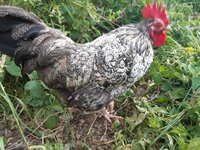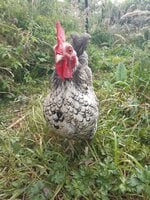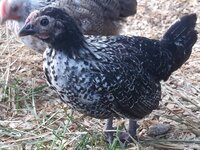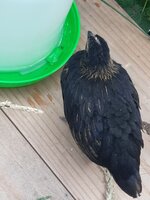- Aug 19, 2009
- 587
- 19
- 131
hi all, i am curious to know if you have a silver sebright rooster and a gold sebright hen what color do they produce? i dont have room for another pen, but i want to have a few gold hens with my silvers, and i incubate their eggs quite frequently so wanted to know if i would get a weird cross or silver or gold.

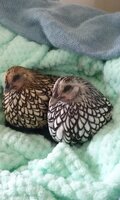
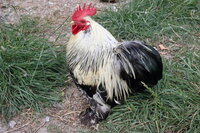
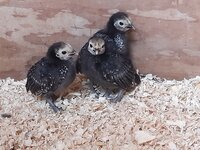
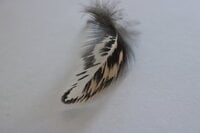
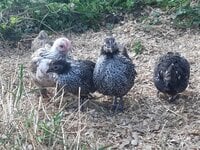
 The resulting roo chick, pictured here, is S+/S- - he exhibits the gold leakage though it is very difficult to tell if it is diluted. He's a proper lolly scramble on the scale of patterning (shows a bit of everything) but otherwise is quite a nicely proportioned bird and has been an excellent rooster.
The resulting roo chick, pictured here, is S+/S- - he exhibits the gold leakage though it is very difficult to tell if it is diluted. He's a proper lolly scramble on the scale of patterning (shows a bit of everything) but otherwise is quite a nicely proportioned bird and has been an excellent rooster.